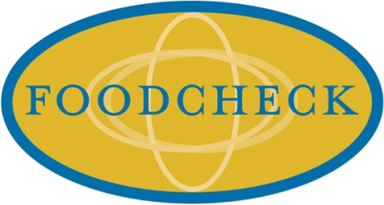Foodcheck® is a Food Safety Monitoring Program for Food Retailers. We provide an independent, reliable and economical answer to the food safety concerns of the Australian food consumer
Food Safety Information
“Every day approximately 11,500 Australians contract food poisoning”
There are a large number of food borne and environmental pathogens we test for and help manage as a part of Foodcheck®. Many of these bacteria can be found in food not prepared, served, or stored correctly, with even small mistakes allowing colonies with many thousands of bacteria present.
Campylobacter Spp.
Certain Campylobacter bacteria cause food poisoning with symptoms of diarrhoea, which can contain blood. Other symptoms often present are fever, abdominal pain, nausea, headache and muscle pain. The illness usually occurs 2-5 days after ingestion of the contaminated food or water.
Listeria spp.
Consumption of as few as one Listeria monocytogenes bacteria can cause pregnant women to miscarry and influenza like illness in others. Those at the highest risk of contracting the disease include pregnant women, newborns, the elderly and people with weakened immune systems. Symptoms include fever, muscle aches, and sometimes nausea and diarrhoea.
Salmonella Spp.
Consumption of 15 to 20 Salmonella bacteria can cause food poisoning with symptoms of nausea, vomiting, abdominal cramps, diarrhoea, fever, and headache in 6-48 hours after consumption.
Escherichia Coli
Consumption of as few as 10 pathogenic Escherichia coli bacteria can cause severe food poisoning in children with symptoms of bloody diarrhoea leading to haemolytic uremic syndrome, kidney failure and death.
Staphylococcus Aureus
Staphylococcus aureus food poisoning is often caused when a food handler contaminates food products that are served or stored at room- or refrigerator temperature. Common examples of such foods are desserts (especially custards and cream filled- or topped desserts), salads (especially those containing mayonnaise), or baked goods.
Bacillus Cereus
Bacillus food poisoning usually occurs because heat-resistant endospores survive cooking or pasteurization and then germinate and multiply when the food is inadequately refrigerated. The symptoms of B. cereus food poisoning are caused by toxins produced in the food during bacterial growth, principally a necrotizing enterotoxin and potent haemolysins.
Further reading
Food Standards Australia & New Zealand
US Centre for Disease Control - Foodborne Illness Information
SmartProbe - Providers of Australian-made temperature datalogging systems
